The activities of the U.S. Section of the Commission are guided by its vision, mission, and goals and align with available resources, organizational structure, and legal mandates. This section highlights some recent activities and events.
Activities
Through an Intra-Departmental Delegation of Authority (IDDA), the U.S. Section of the Commission contributes funds for the BIDS program managed by the Centers for Disease Control and Prevention (CDC), Division of Global Migration Health (DGMH). All four U.S. border states conduct BIDS activities.
BIDS focuses on disease detection, reporting, and prevention of infectious diseases in the U.S. - Mexico border area, including respiratory illnesses, arboviruses and other vector borne diseases, bacterial and fungal infections, and food-borne outbreaks. BIDS grants support state activities to establish and maintain systems for sharing and reporting cases in collaboration with Mexico. BIDS staff train health personnel to use surveillance systems and add specific variables to track cases and outbreaks. Through BIDS, states establish mechanisms to share information with each other and federal agencies, and to appropriately communicate with counterparts in the Mexican border states. BIDS-related analysis advances the understanding of disease impacts on both countries and may help guide resource allocation. With BIDS the states undertake health initiatives and analysis for border crossers and communities, such as surveys to assess health and patterns of movement, health conditions, and access to health care. States also use BIDS to evaluate shelter intake procedures, provide disease management, maintain surveillance activities, and conduct outreach campaigns for vaccination targeting migrants, farmworkers, truck drivers and other vulnerable populations.
See Binational Border Infectious Disease Surveillance (BIDS) Program, 2022-2023 Program Highlights for additional information.
Events
The U.S. Section of the Commission met with HHS officials to discuss the Healthy Border 2030 document. They also briefed Congressional staff on the U.S. Section of the Commission FY 24 report. Members held an internal meeting focusing on operations, budget, binational agreements, and engagement with Mexico. The discussions were the basis for starting the development of a four-year work plan based on the recommendations and priorities in Healthy Border 2030.
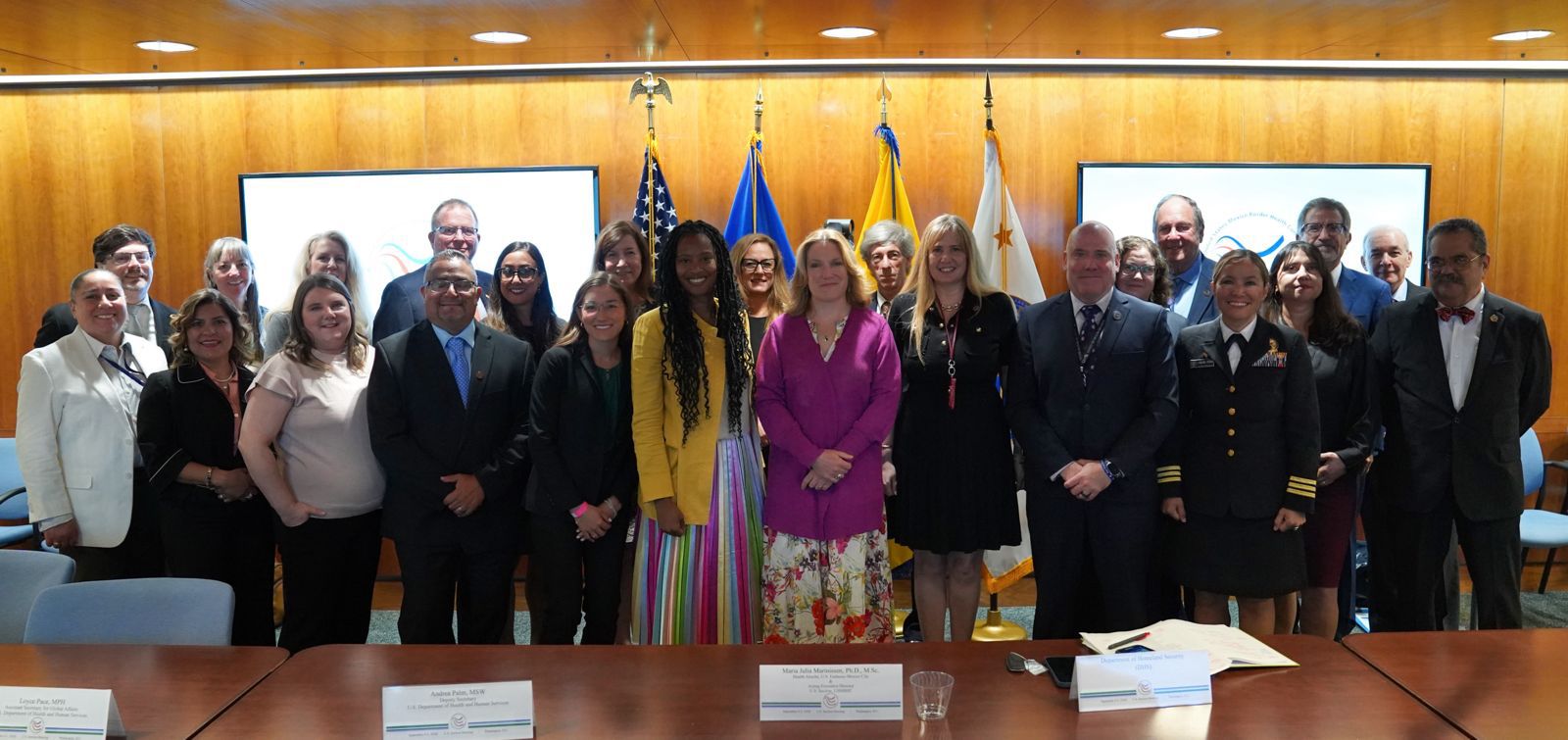
The Secretaries of Health of the U.S. and Mexico launched a Fentanyl Public Awareness Campaign, promoting bilingual educational materials on the dangers of fentanyl and how to access naloxone. The flyer created by the U.S.-Mexico Panel of Experts in Drug Addiction and Mental Health, with support from the U.S. Section leadership, is distributed to the U.S. Hispanic community through the Ventanillas de Salud.
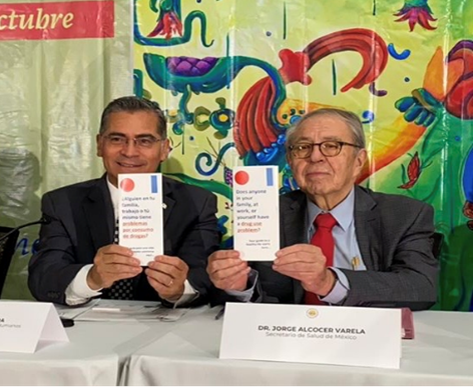
The Commission participated in an initiative led by the Mexico Secretariat of Health and the Secretariat of Foreign Affairs to improve the health of Mexican and other Hispanic migrants living in the U.S. The focus was on strengthening the Ventanillas de Salud centers and clinics for health promotion and prevention located in 50 Mexican consulates in the U.S. The HHS Secretary visited the San Diego Ventanilla and committed to supporting the work of these entities in providing vital services to the U.S. Hispanic migrant population, in particular, those who are underinsured or uninsured.
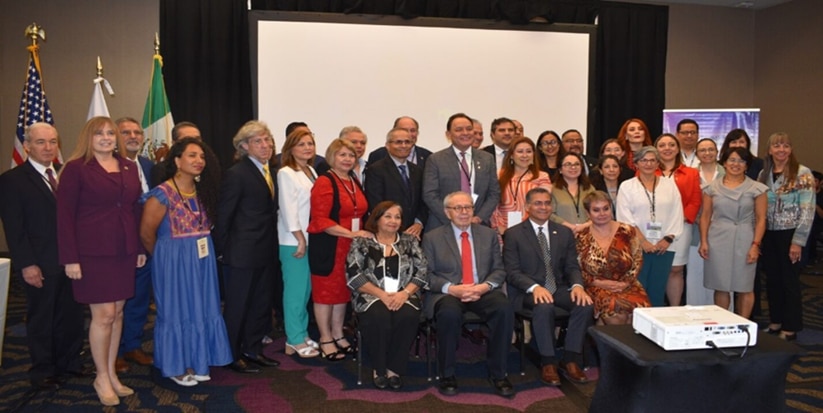
The U.S. Section of the Commission met with leadership from HHS and other federal partners to address ongoing issues at the U.S.-Mexico border and to discuss the work plan for FY 2023-2024. Office of Global Affairs leadership acknowledged the challenges that have arisen post-pandemic and emphasized the Commission's commitment to fostering community unity and strengthening bilateral ties. The HHS Secretary spoke about the significance of the U.S.-Mexico relationship, the role of populations living along the border in maintaining good relations, and the Commission's role in ensuring a successful partnership.
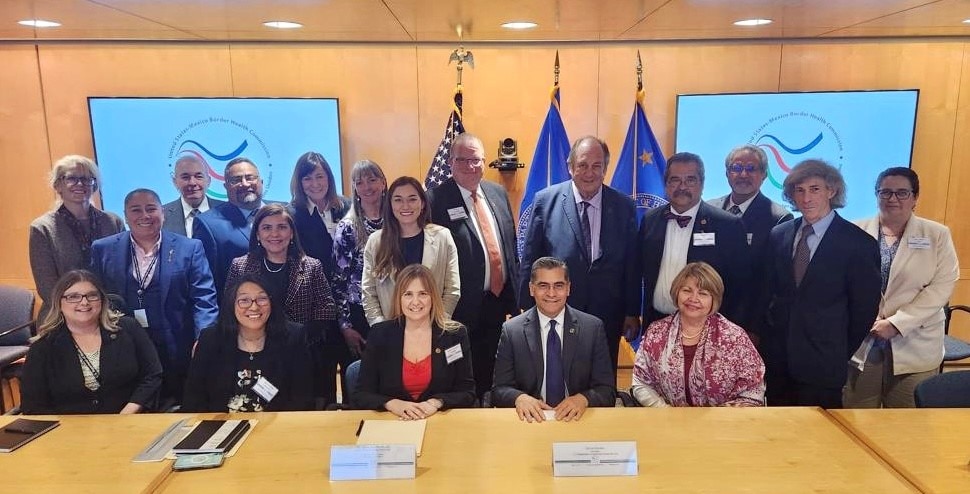
The Commission held a bilateral technical workshop to initiate the development of Healthy Border 2030. Members unanimously agreed on ten priority areas and eight cross-cutting capacities and capabilities to improve border health. The meeting was the start of a series of binational meetings to discuss health data, challenges, and recommendations for each priority area.
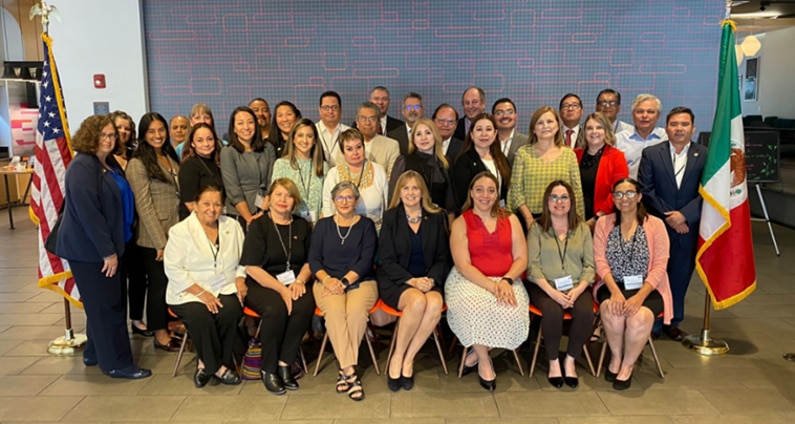
Commission Past Events
To learn about past initiatives of the USMBHC, please visit the archive website.
